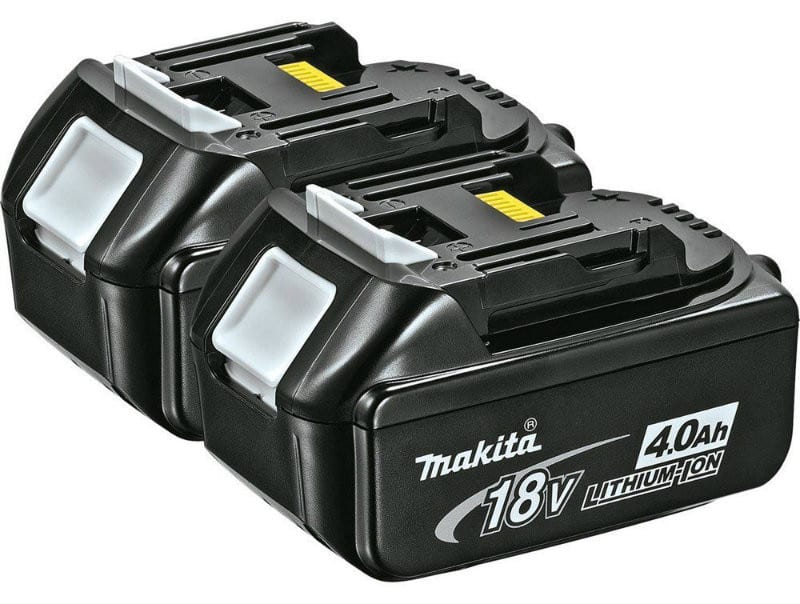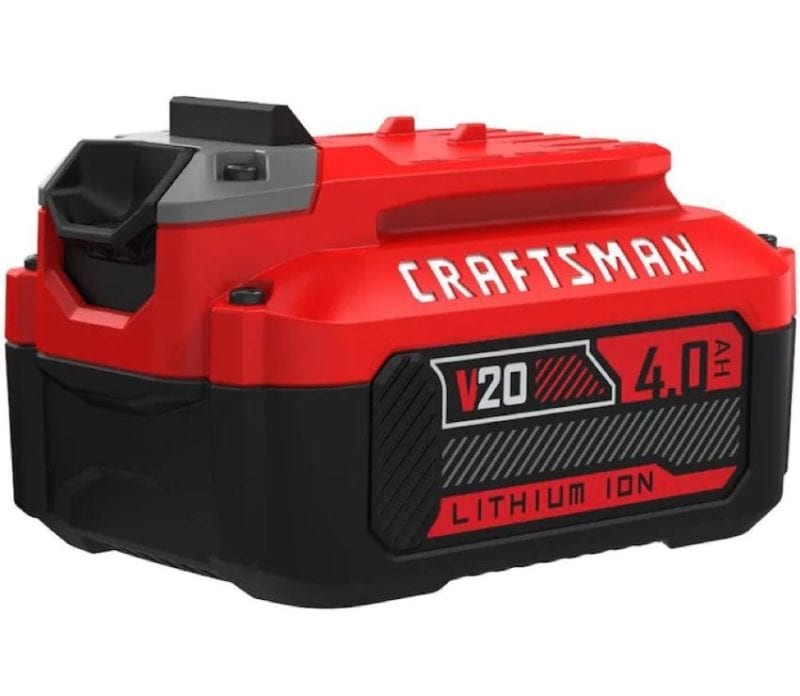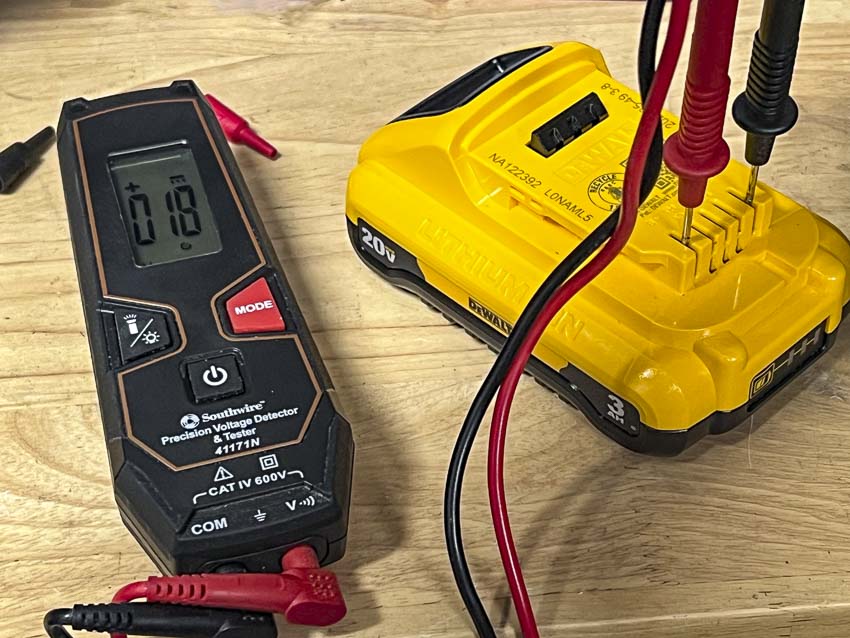When it Comes to 20V Max vs 18V Batteries, Which is More Powerful?
“There was a major difference in power when I switched from an 18V system to a 20V system.” Ah, if I only had a quarter for every time I heard that one…
The 18V vs 20V Max debate will continue no matter how many times I step into someone else’s conversation and explain it to them. Let me take the drama out of the conversation now: They’re the same. We promise you.
I’d love to stop there, but people will insist on arguing that the 20V Max systems are simply more powerful than 18V because, well, 20 is bigger than 18. *sigh*
18V vs 20V on the Inside
Seriously though, I love talking about this stuff, so let’s jump on it. Here in the U.S., manufacturers such as Bosch, Milwaukee, Ridgid, Ryobi, and Makita are all running on an 18V battery platform. DeWalt, Craftsman, and Porter-Cable run on 20V Max systems. A voltmeter is all that it takes to offer some quantifiable data, and a look inside the battery will show you why.
20V Max and 18V Batteries Have the Same Cells
Inside your battery pack are the individual battery cells. In an 18V or 20V Max system, they are always set in groups of 5 wired in a series. Each group of 5 is then wired in parallel to increase the number of amp-hours and overall battery capacity in watt-hours. For more information, check out our feature on Voltage vs Amp Hours.
Each battery cell has two voltage ratings—nominal and maximum. The amount of voltage that a battery produces when fully charged is higher than when it begins to discharge, even slightly. This is actually a chemical characteristic of the lithium-ion system. Each battery cell has a nominal voltage of 3.6 volts and a maximum voltage of just over 4 volts.
- 3.6 volts (nominal) x 5 cells = 18 volts
- 4 volts (maximum) x 5 cells = 20 volts
That’s it. That’s the entire difference between 18V vs 20V Max batteries. It’s only a matter of whether the company uses nominal or maximum voltage as its rating.
20V Versus 18V is Really About Marketing

This brings up several interesting talking points. First, many European countries are more strict about how a company can advertise. In most areas, tools are sold by their nominal voltage. That means 18V high-power tools and 10.8-volt tools. From a marketing standpoint, being able to put a higher number on the tool makes it seem more powerful. Putting a nominal voltage on it represents where the battery operates most of the time.
For some reason, the 20V Max vs 18V debate only seems to be an issue among these 5 cell group platforms. Everyone advertises their 12V line (3 cells), not their 10.8V families. Jump up to OPE (Outdoor Power Equipment) and we get 40V systems (10 cells) that are taking the place of the 36V platforms of a couple of years ago (we’re looking at you, Husqvarna!). So before you leave with a bad taste in your mouth about DeWalt or Craftsman power tools, understand that everyone does it somewhere.
20V MAX is the Same as 18 Volts Nominal – Proven by DeWalt
The key to this whole debate might simply be to visit the DeWalt 20V MAX* website—and look for the asterisk. On the DeWalt 20V Max page, you’ll see an asterisk next to every instance of 20V MAX* and the following near the bottom:

On both DeWalt and Craftsman tools, you’ll notice their packaging marked 20V MAX*. That asterisk and the word “MAX” point to the documentation that clearly states the voltage is rated at its maximum. Is it a marketing tactic? Yes. Is it misleading? Only if you don’t look for an explanation when you see something marked with an asterisk.
- Barry Bonds, Single Season Home Run King* – Known to have used performance-enhancing drugs
- Double Chocolate Fudge Brownies, bake for 25 minutes* – 18 minutes at higher elevations
- 20V MAX* – 20 volts initial maximum measured without load, 18 volts nominal


Conclusion
So yes, 18V and 20V MAX systems operate with the same amount of voltage. Let me say it again: 18V batteries and 20V MAX batteries produce EXACTLY the same voltage.
Still, the guts of each battery cell vary from brand to brand—even within a single brand. Technology and chemistry continue to improve. So, is the DeWalt 20V MAX line more powerful than their original 18V line? Yes. Absolutely. Because the electronics, motors, and cells are better. They’re still, however, putting out the exact same voltage as an 18V tool.
And if you don’t take our word for it, take DeWalt’s!




